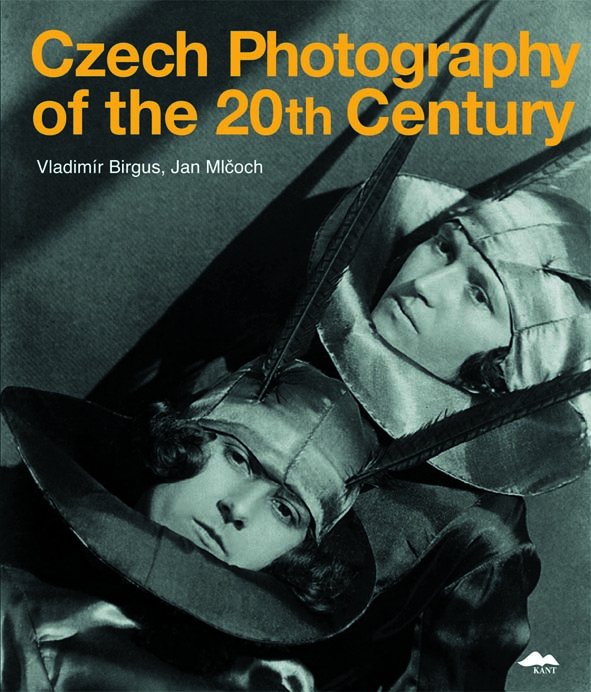| Author: | Roman Burda |
| Category: | Books, Photography, Art |
| Language: | English and Czech |
| Translation: | Stephan van Pohl |
| Page count: | 252 |
| Binding: | Hbk |
| ISBN: | 978-80-7437-054-0 |
| EAN: | 9788074370540 |
| Date: | 2011 |
| Issue number: | 1 |
| Price: | 62 EUR |
| Size: | 29 x 30 cm |
| buy in e-shop | |
I first visited Ethiopia more or less randomly, as a regular tourist. That was 2001, and what I saw there has compelled me to return more often to this wonderful, extraordinary country – sometimes even several times a year. Curiosity and the yearning to meet new people and explore new landscapes have led me to seek out not only places visited by tourists, but also regions that remain hidden from most travelers. In these past ten years, I have explored more than 40,000 kilometers of this country.
My most frequent visits have been to the tribes living in the Omo River valley. This river’s watershed was long one of the most remote and least explored places in Africa, and was not made accessible – and then only to a limited extent – until the end of the last century. Roughly a century earlier, in 1896, Italian army officer Vittorio Bottego led an expedition along the Omo, making it Africa’s last great river to be surveyed.
Historically, the region’s fierce semi-nomadic tribes have engaged in long and drawn-out wars and skirmishes amongst one another. They killed each other, fought over grazing land and access to water, stole livestock, and carried off women. To this day, many families are caught up in blood feuds that have lasted generations.
Human life here is of desperately little value. The region’s extreme daytime temperatures, dangerous tropical illnesses, and remoteness make it one of the poorest and most backwards places on Earth. But because of (and in spite of) all these influences, many local tribes have managed to preserve their original culture and traditions to the present day. Perhaps nowhere else in Africa can one see the influence on daily life of ancient ceremonies and rituals – involving pain, blood, and death.
Nevertheless, in the past decade the situation has begun to change, and civilization is slowly but certainly making inroads into this region. The Ethiopian government has begun building highways, which will make at least the most important localities more accessible, and so these places will meet with our culture. Even today, you can encounter natives wearing t-shirts and shorts, children have begun to go to school, and healthcare centers are starting to appear. Where only recently the only laws were those of the native tribes and their chieftains, enforcement is being taken over by soldiers and policemen from Addis Ababa. Young people no longer want to follow in the footsteps of their forebears, and dream instead of another, perhaps better, life.
In the years that I have been visiting Africa, I have been fortunate enough to get to know the original, traditional life of the local people. Together with my Ethiopian friend Miky, who acts as my guide, I have visited numerous villages, making many new friends and acquaintances. We sleep with the locals in the same huts, drink and eat from the same bowls, and share in their day-to-day joys and troubles.
I will never forget the night I spent by the campfire together with all the native families. We were lying under a star-studded sky on blankets made of cowhide. Through two and sometimes three interpreters, we asked each other curious questions in order to learn more about one another. The singing and dancing (fueled by the local alcoholic beverage) made the night even more magical and intoxicating.
I will also never forget the sick and weeping children whom we were unable to help; the people’s spreading sense of helplessness and concern about the future when, after a long period of drought, their cattle perished and the land lay barren; the villages afflicted by cholera; or people who had become our friends but who we later learned had been shot during an altercation with another tribe…
This, too, is the face of Africa.

Czech Photography of the 20th Century, published simultaneously in Czech and English versions, is the first book to present the main trends, figures, and works of Czech photography from the beginning to the end of the last century to such a large extent. Its 517 plates include not only the most important, well-known photographs and photomontages, but also works that have long been forgotten or are published for the first time. The book is arranged in seventeen chapters, supplemented with chronologies of the most important events in twentieth-century Czech photography and history.